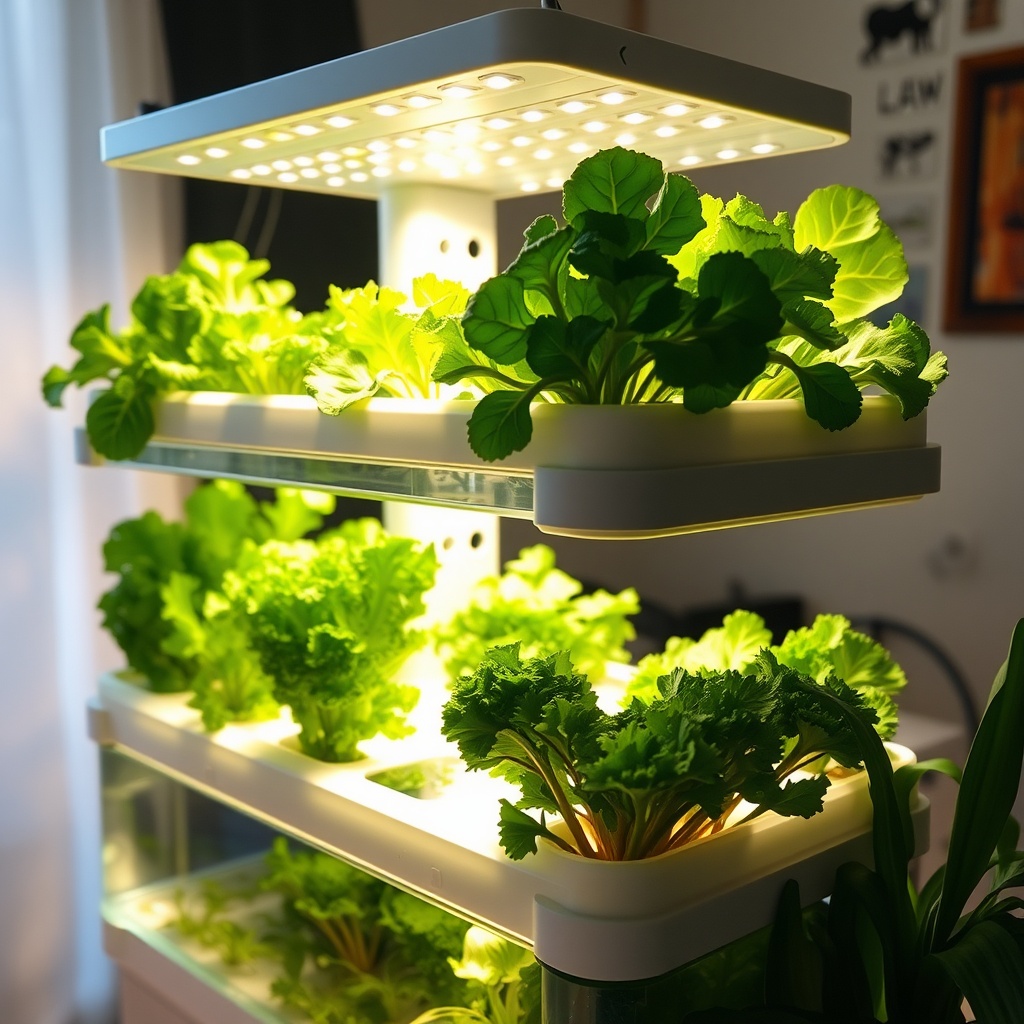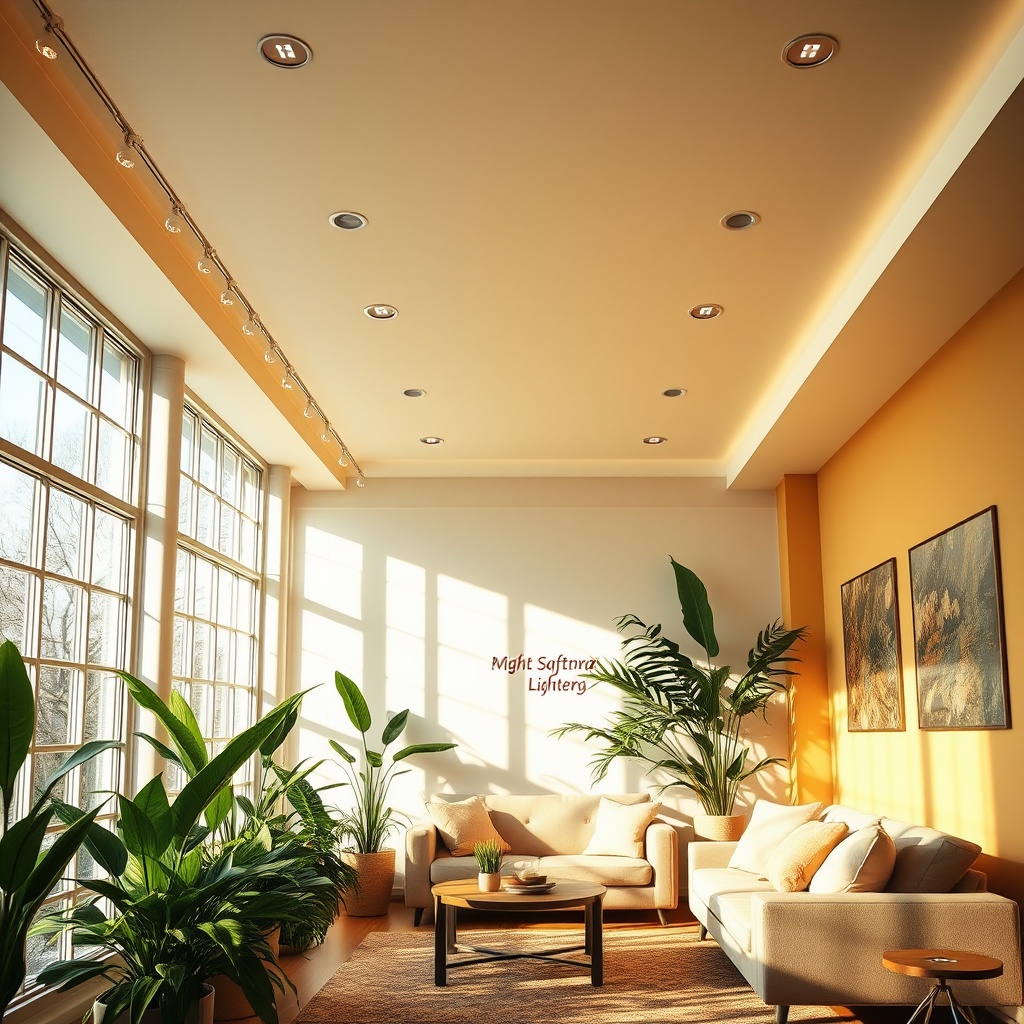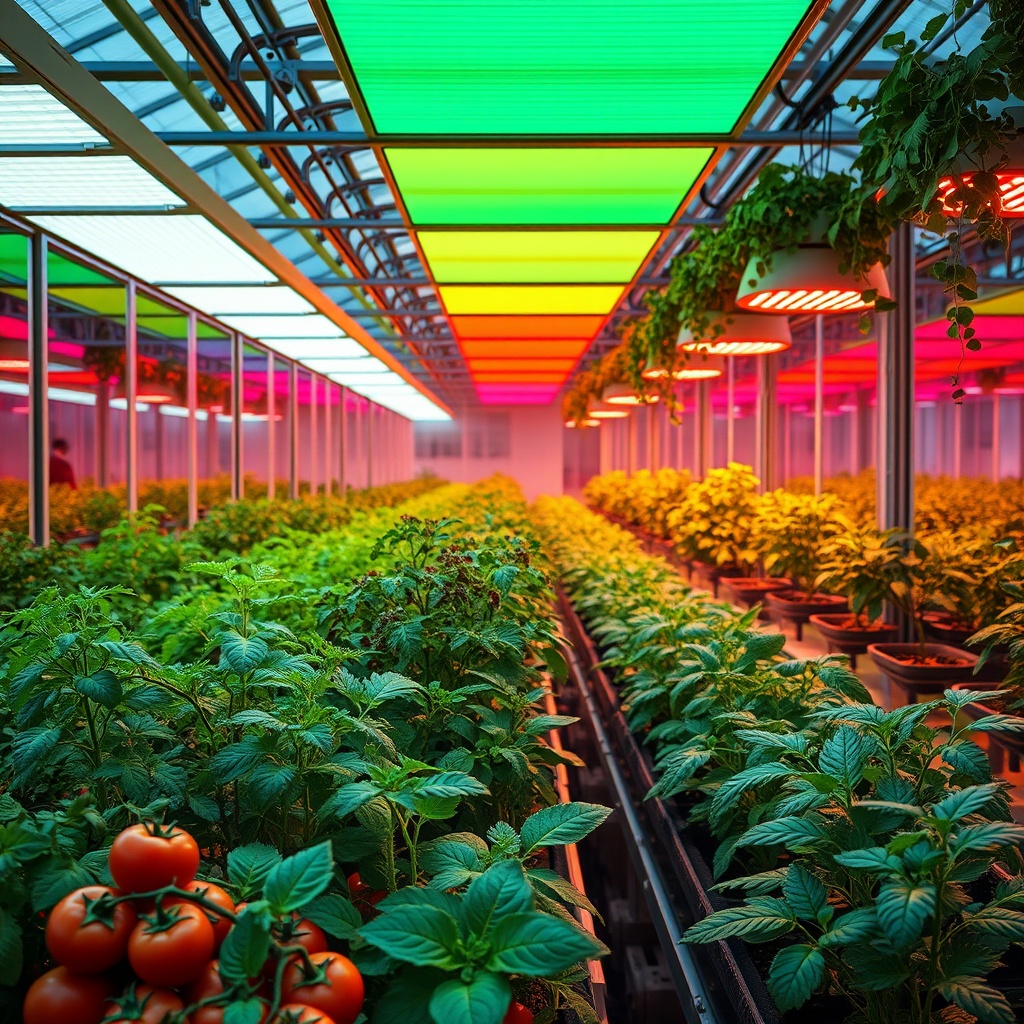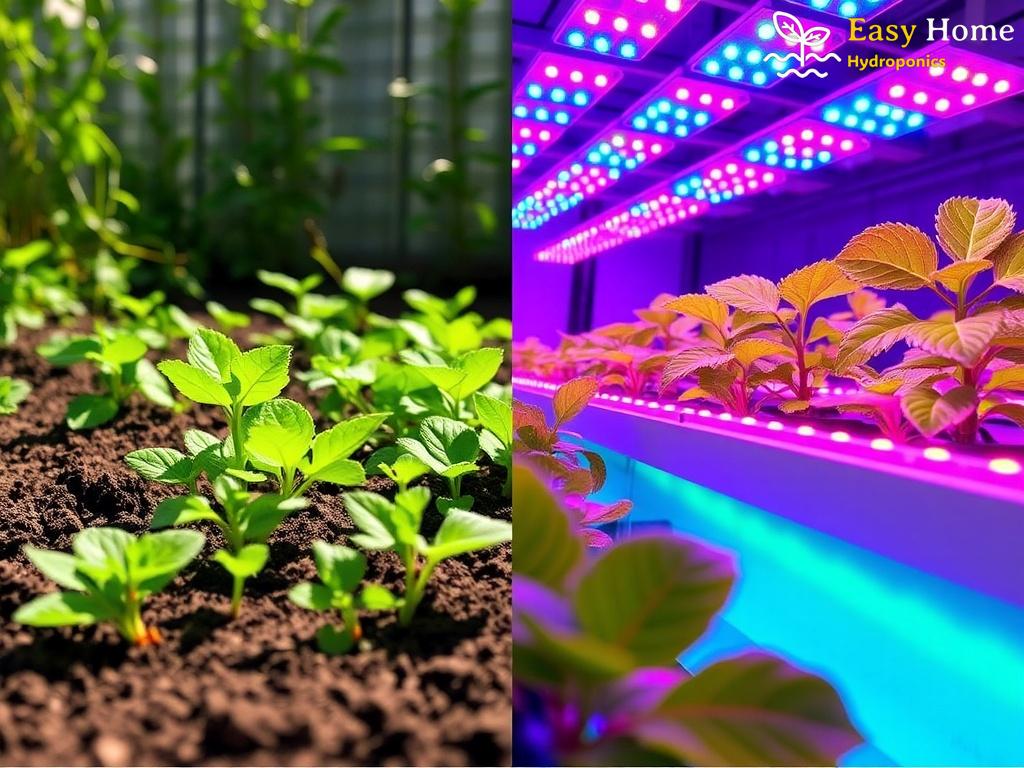In the realm of home hydroponics, the significance of light cannot be overstated. It serves as the primary energy source for photosynthesis, the process through which plants convert light into food. When cultivating leafy greens such as lettuce, spinach, and kale, understanding the optimal lighting conditions can make a substantial difference in both growth rate and nutritional quality. This article delves into the intricacies of light optimization for leafy greens, offering insights that can transform your hydroponic garden into a lush, productive oasis.
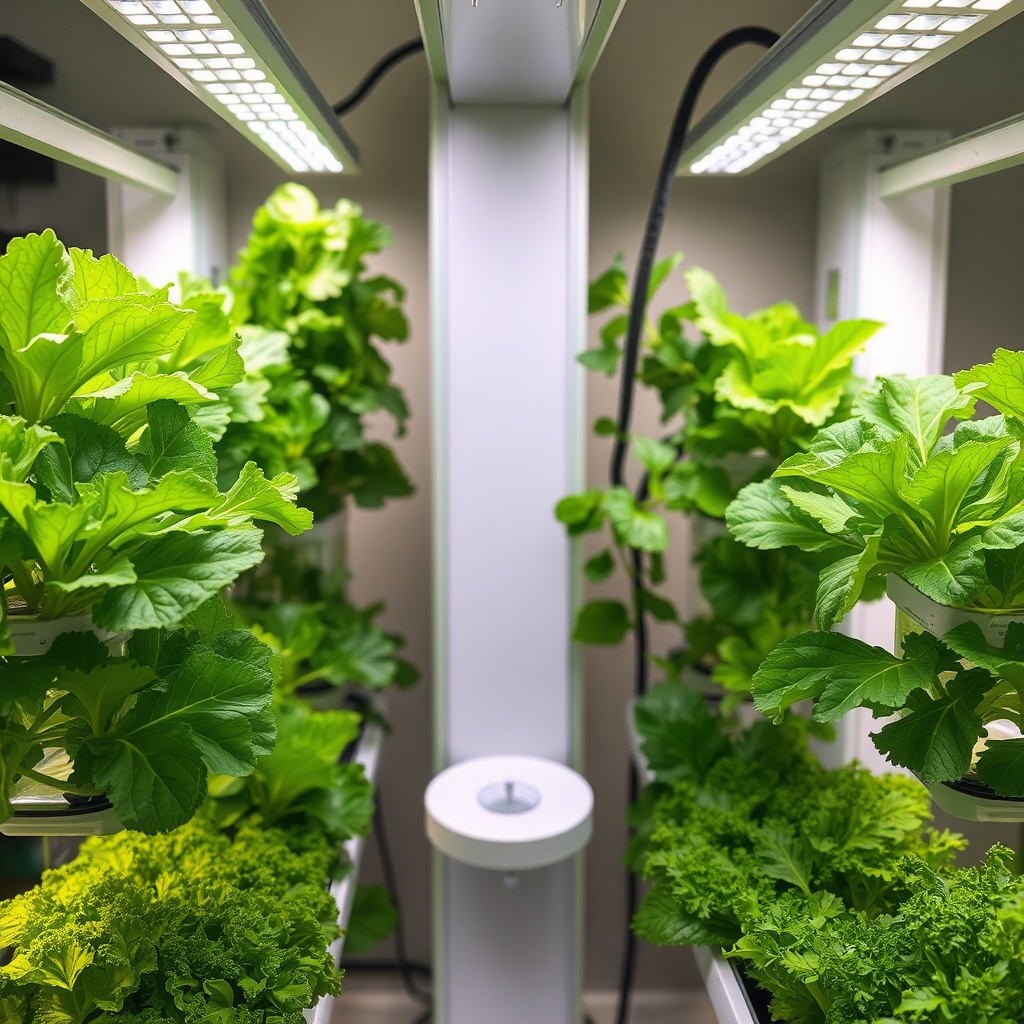
When setting up your hydroponic system, several key parameters related to light must be considered to ensure optimal growth of leafy greens. These include light intensity, duration, and spectrum. Each factor plays a critical role in how effectively plants can photosynthesize and thrive in an indoor environment.
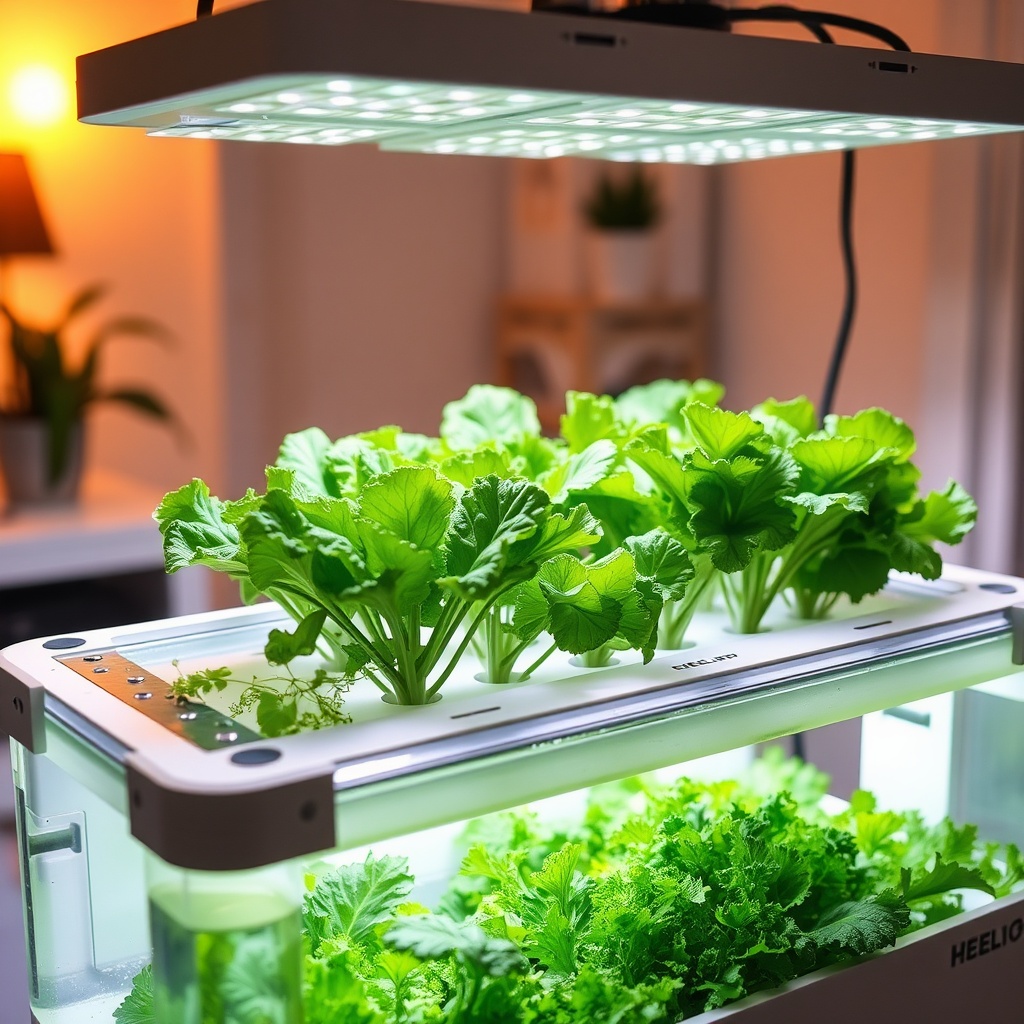
- Light Intensity: Measured in lux or PPFD (Photosynthetic Photon Flux Density), the intensity of light must be sufficient to penetrate the canopy of the plants.
- Light Duration: The photoperiod, or the amount of light exposure per day, typically ranges from 12 to 16 hours for leafy greens.
- Light Spectrum: Different wavelengths of light affect plant growth differently. Blue light (400-500 nm) promotes vegetative growth, while red light (600-700 nm) supports flowering and fruiting.
Choosing the appropriate lighting technology is crucial for maximizing the growth potential of your leafy greens. Various options are available, each with its own set of advantages and disadvantages. The following comparison highlights three popular types of grow lights:
| Light Type | Advantages | Disadvantages |
|---|---|---|
| LED | Energy-efficient, long lifespan, customizable spectrum | Higher initial cost |
| Fluorescent | Cost-effective, good for small spaces | Lower intensity, shorter lifespan |
| HID (High-Intensity Discharge) | High light output, penetrates dense foliage | Heat generation, higher energy consumption |
Understanding the strengths and weaknesses of each lighting type will enable you to make an informed decision that suits your hydroponic setup and budget.

